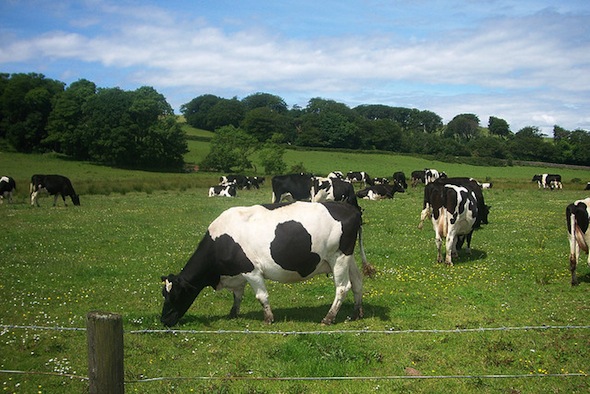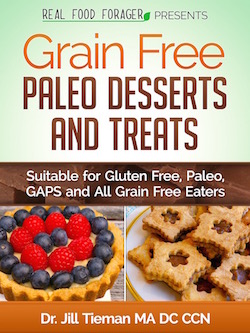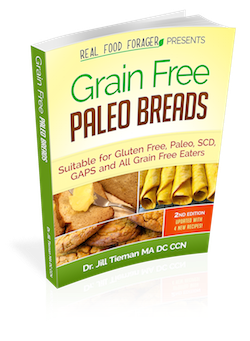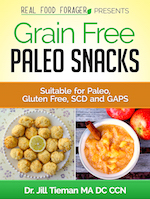We have all heard how unhealthy trans-fats are for us. Synthetically produced tran-fats can be found as partially hydrogenated soybean and cottonseed oil as well as margarine. These fake fats are found in many commercial products from salad dressings to baked goods. For thirty years nutritionists have been saying that trans-fats are bad and recently the conventional medical community has finally agreed. So much so, that certain municipalities (like New York City) are actually banning them from use in restaurants. Surprisingly, there is one naturally occurring trans-fat that is tremendously healthy for us called CLA (conjugated linoleic acid).
Synthetic trans-fats are major contributors to heart disease, cancer and diabetes. Many of the studies implicating saturated fats were incorrectly executed because they lumped tran-fats and saturated fats together. In the 1970’s the eminent lipid scientist, Dr. Mary Enig put her career on the line by trying to correct the error. In their article “The Oiling Of American”, Sally Fallon and Dr. Mary Enig explain the massive takeover by the vegetable oil industry.
Unfortunately, the health of the American people has suffered greatly since the vegetable oil industry won out. Consequently we have spent the last forty years being misinformed about hydrogenated, partially hydrogenated and refined vegetable and seed oils. They are not good for us — in fact, they are terribly detrimental to health. What is healthy are natural fats like butter, tallow and lard from grassfed animals.
However, there is one trans-fat that is, in fact, good for us. It is found in the meat and dairy fat of grassfed animals. It is conjugated linoleic acid (CLA). Cows on pasture have 3-5 times more CLA than grain fattened animals. The bacteria in the stomachs of herbivores (cows) convert the linoleic acid to conjugated linoleic acid. Technically, this is both a trans-fatty and a cis-fatty acid. This unique chemical composition gives it the health benefits.
And the health benefits are many. Numerous studies have indicated that CLA is an anti-cancer agent that fights a wide variety of tumors, including bladder, brain, skin, breast, colon and prostate. It appears that CLA blocks initiation, promotion and metastasis — three of the four stages of cancer. Additionally, CLA has been found to lower LDL levels, and prevent bone loss. CLA has also been found to attenuate allergic dermatitis in mice.
Not surprisingly, the breast milk of mothers who consume foods high in CLA, is also high in CLA, providing tremendous nutrition for the baby. CLA should be obtained through naturally produced foods, such as grassfed meat and dairy as indicated above. It may also be obtained through eating grassfed butter or butter oil. Grassfed butter is especially high in CLA during the spring and fall when pasture grass is rapidly growing. This butter is also full of vitamin K2 which was first identified as Activator X by Dr. Weston Price. That will be the topic for another post.
Supplement companies have jumped on the research showing CLA helps in weight loss and muscle preservation. I do not recommend taking any CLA supplements as they are synthetic and the doses are much higher than you would get by eating food with CLA in it. Additionally, these higher doses may cause side effects and/or interactions with medications. If it sounds too good to be true, it probably is. True weight loss comes from making a lifestyle change that supports proper nutrition.
Eating ethically and humanely raised animals for food is satisfying physically, emotionally and spiritually. In the face of rhetoric from all corners, the USDA, American Heart, etc., it is clear that animals raised on pasture offer us nutrient dense foods that are unsurpassed. I encourage you to try grassfed beef — it is delicious and full of health promoting CLA!
Where to buy fantastic grassfed beef
Photo Credit
This post is linked to: What’s on the Menu, Real Food Wednesday, Gluten-Free Wednesday, Foodie Wednesday, Full Plate Thursday, Tip Day Carnival, Simple Lives Thursday, Creative Juice Thursday, Frugal Follies, Pennywise Platter, Food Trip Friday, Fresh Bites Friday, Fight Back Friday, Foodie Friday, Sugar-Free Sunday, Melt in Mouth Monday, Monday Mania, Mangia Monday, Mouthwatering Monday, Made From Scratch Tuesday, Tuesday Night Supper Club, Tuesday at the Table, Traditional Tuesday Blog Hop, Slightly Indulgent Tuesday, Tasty Tuesday, Delectable Tuesday, Tasty Tuesday Parade of Foods














